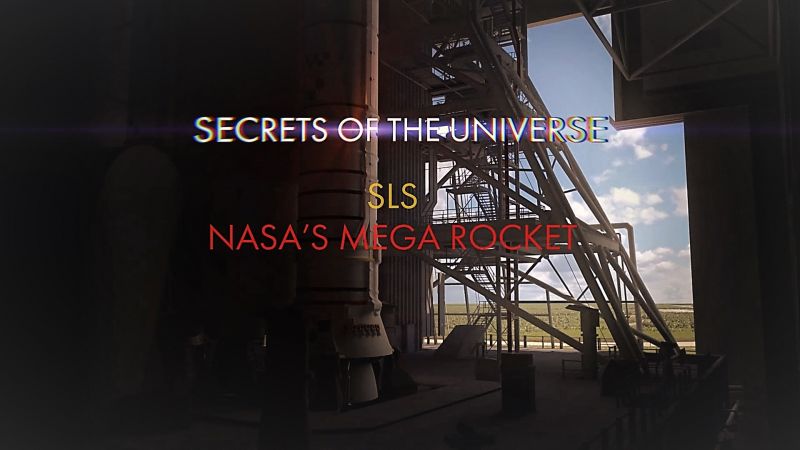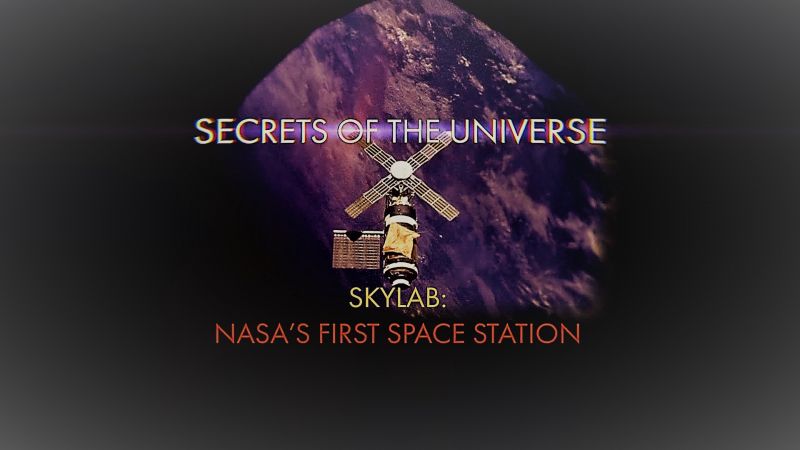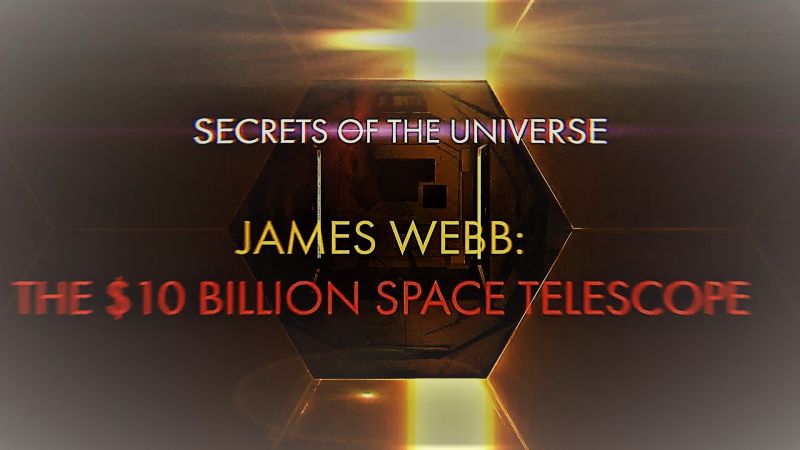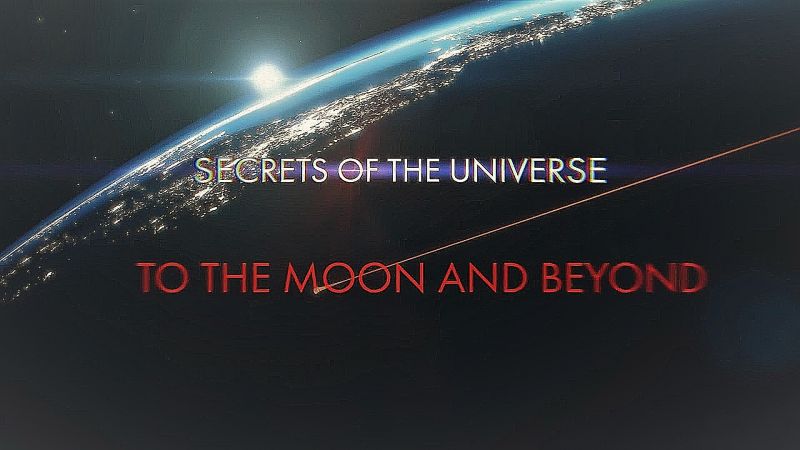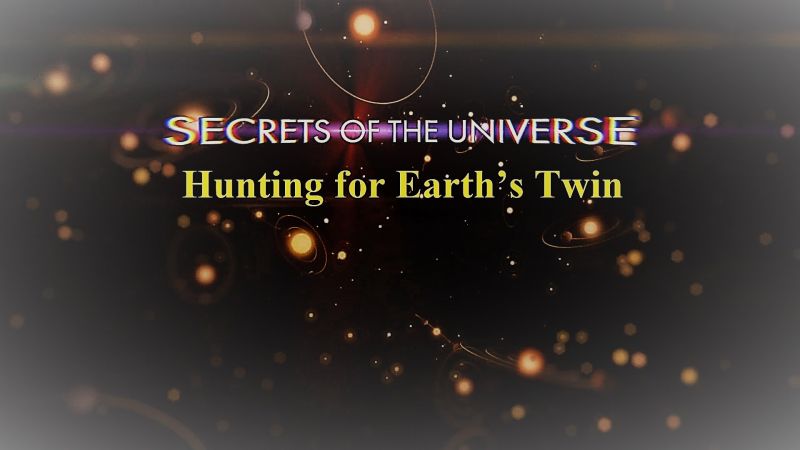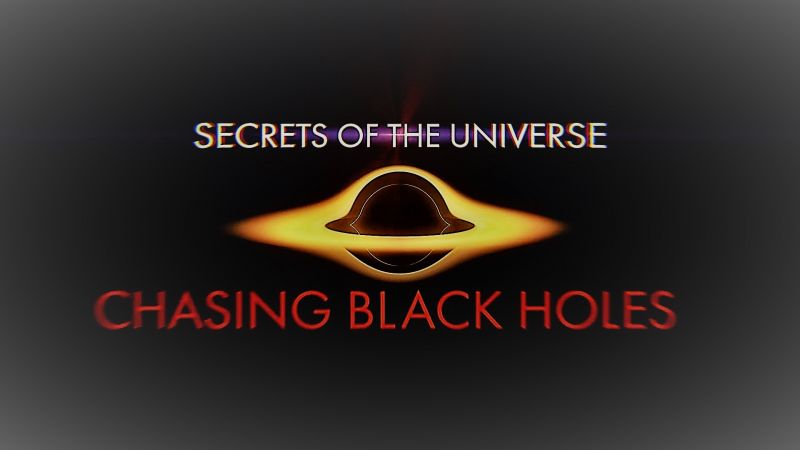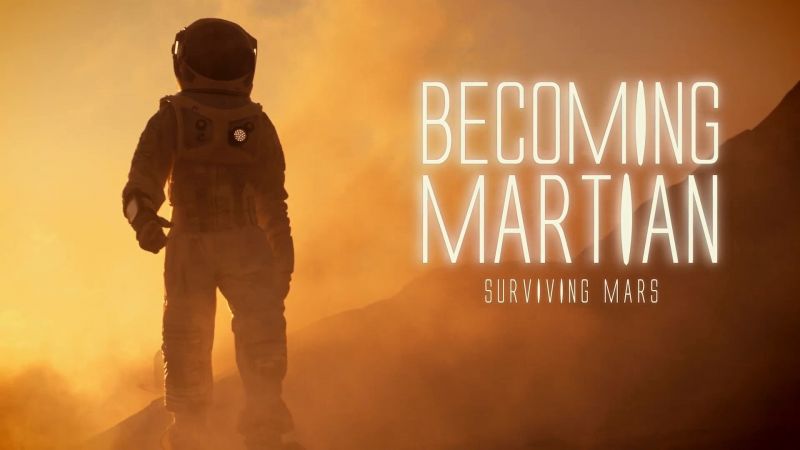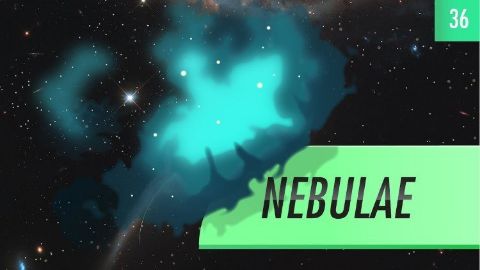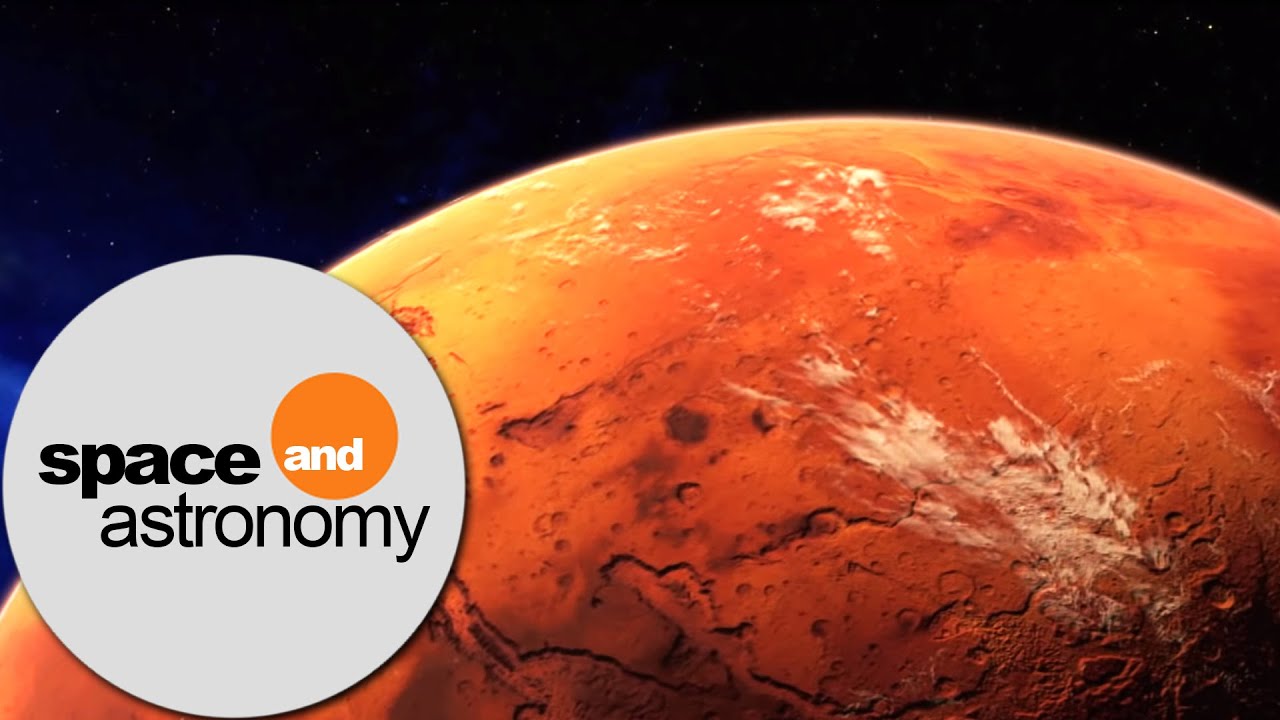Secrets of the Universe (Curiosity) • 2020 - 2022 • 8 episodes •
NASA’s Space Launch System is the most powerful rocket ever built. This is the story of the incredible engineering that went into building it, told first-hand by NASA’s best rocket engineers. Building the rocket that will take us back to the Moon is no easy task, but the payoff will be phenomenal.
2021 • Technology
Before the ISS, there was Skylab: NASA’s first mission to build a home beyond our planet. This is the spectacular story of the first astronauts who lived on a space station, and the incredible things their work taught us about what it takes for human beings to live, work, and play in outer space.
2022 • Astronomy
This is the story of the James Webb Space Telescope, told by the people who have devoted their lives to it. It is the world’s largest, most advanced, and most expensive telescope, and building it has been fraught with challenges. But it will all be worth it if the December 2021 launch is successful.
2022 • Astronomy
We’re going back to the moon. This episode explores how we did it in the past and how and why we will do it again. The moon is critical to future exploration. It will be where we learn to build sustainable colonies on other worlds.
2021 • Astronomy
In just one generation, our ability to search for planets beyond our solar system has transformed. With modern techniques and telescopes, planetary scientists have found thousands of exoplanets in our universe, and many of them have the perfect conditions for life. Are we about to find Earth’s twin?
2020 • Astronomy
This is the story of two of the biggest scientific breakthroughs of the 21st century, told by the incredible scientists who made them happen. The first is LIGO’s measurement of gravitational waves coming from a black hole merger, and the second, the Event Horizon Telescope’s image of a black hole.
2021 • Astronomy
For decades, scientists have dreamed of finding life on Mars. But despite their best efforts, no signs of life have been found. Could that be about to change? This is the story of the scientists and engineers behind Perseverance: the rover that could change our view of Mars forever.
2021 • Astronomy
Scientists on the BICEP and Planck missions are attempting to solve a mystery about the earliest moments of our universe, by searching for patterns in the cosmic microwave background. If successful, the missions will help to answer the biggest question anyone can ask: how did our universe begin?
2021 • Astronomy
